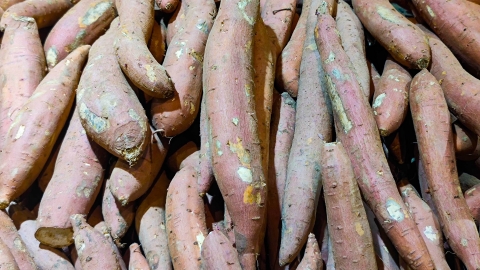Can sweet potatoes still be eaten after sprouting?
Whether sprouted sweet potatoes are edible generally needs to be judged on a case-by-case basis. Sweet potatoes with only slight sprouting and no signs of rotting or mold can be eaten after thoroughly removing the sprouts and surrounding areas. However, if the sprouting is accompanied by rotting or mold, they should not be consumed. Detailed analysis is as follows:

When sweet potatoes sprout, some nutrients are redirected to the growth of the sprouts, which may affect their taste and reduce sweetness, but unlike potatoes, they do not produce toxic substances. If only a few sprouts are present, the skin remains smooth without black spots or rotting, and the inside is firm, odorless, and mold-free after cutting, then removing the sprouted areas and about 1–2 cm around them thoroughly, followed by proper washing and cooking (steaming, boiling, or roasting), will generally not pose any health risks.
If the sweet potato has sprouted extensively, black spots, dents, damage, unpleasant odors, or a soft and mushy texture appear, this indicates deterioration and spoilage. Bacteria or mold might have proliferated, and consuming such sweet potatoes may irritate the gastrointestinal tract, causing discomfort symptoms such as bloating and diarrhea. These sweet potatoes should be discarded and not consumed.
In daily life, sweet potatoes should be stored in a cool, dry, and well-ventilated environment, avoiding direct sunlight and moisture to prevent premature sprouting or rotting.






